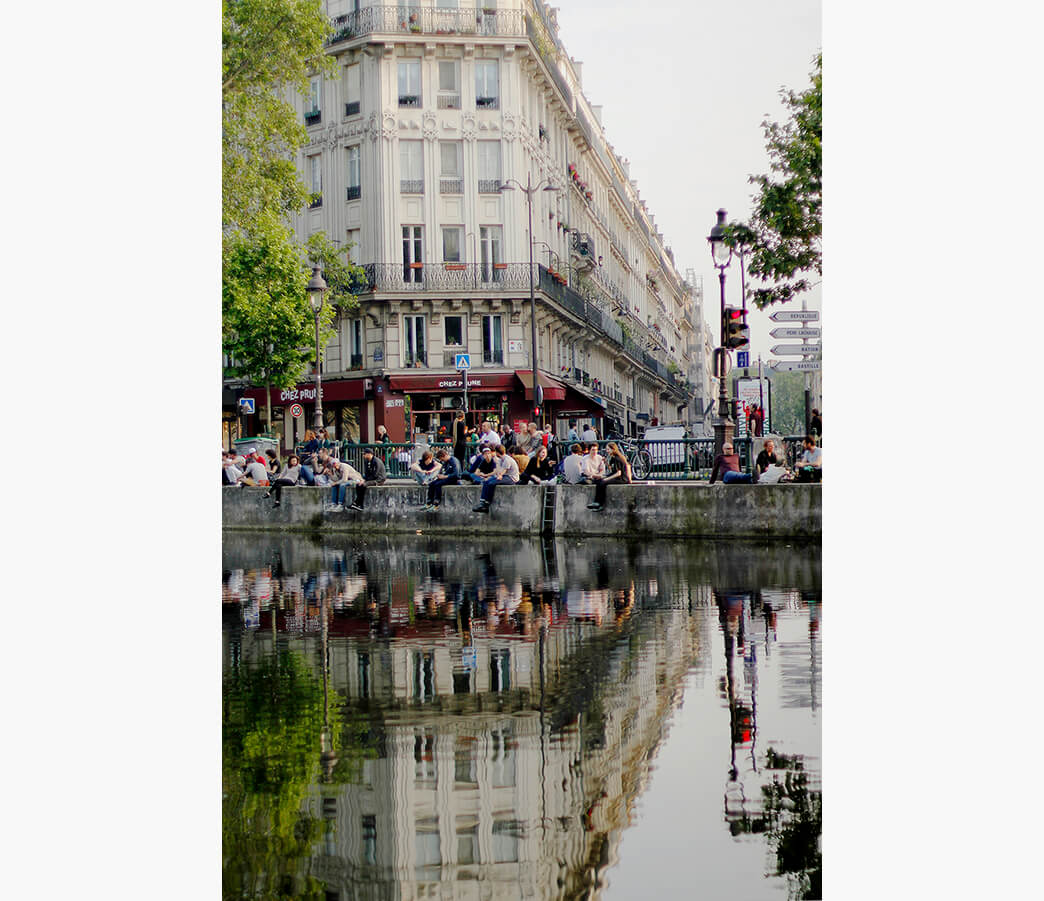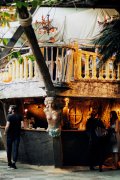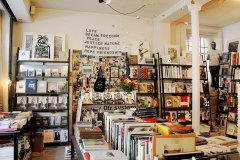Is the single bean of Mercedes Manor delicious? the planting and processing of single bean of Mercedes Manor

Professional barista communication, please pay attention to coffee workshop (Weixin Official Accounts cafe_style)
El Salvador El Salvador
Population: 6134000
Most coffee roasters, El Caffe do not use the regional names of the more minor producing areas to describe coffee. Although they are distinct, well-defined regions, one would argue that El Salvador itself is so small that it can be classified as a single region, enough to clearly define the region of coffee.
APANECA-ILAMATEPEC MOUNTAIN RANGE
The APANECA-ILAMATEPEC Mountains have a reputation for coffee quality that is beyond doubt, along with many contest winning coffees. Although volcanic activity is frequent here, the Santa Ana volcano erupted most recently in 2005 and has had a huge impact on coffee production for several years. This is the largest growing area in El Salvador and probably the first coffee plantation.
Mercedes Estate, inherited by its owner Juan Carlos Rodriguez in 1962, is located in Santa Ana volcano, west of Savado, where the soil is fertile and rich in various mineral nutrients, making it a valuable coffee growing condition in Santa Ana Volcano. After inheriting his mother's coffee estate, the owner chose to plant 100% bourbon and devoted himself to the whole planting process. Juan Carlos Rodriguez believes that any non-natural growing substance will affect the quality of coffee, so they reduce the use of all chemicals when growing coffee. In addition, to ensure coffee quality, they harvest only ripe fruit, immediately process green beans, control the most appropriate washing fermentation time and use the best way to process washed or sun-dried green beans. After several years of hard work, the estate has increased the planting volume twice as much as before, and because of the careful care for coffee, the coffee of the estate entered the C.O.E competition rankings with an excellent score of 85.91 in 2012.
Flavor description: Sugar cane sweet ripe fruit sweet honey
[Suggested brewing method]
Proportion: We recommend hot coffee with coffee powder: drinking water ratio of 1:13--1: 16 (according to personal preference concentration adjustment); ice coffee water halved, add the right amount of ice can be. If you prefer a lighter flavor, you can mix it in the above ratio and add a little hot water (ice) to the coffee.
Grinding: Use different tools with different grinding degree. For example, coffee brewing with Italian coffee machine takes only 18-23 seconds, so fine grinding is suitable.
● Rough grinding: applicable-French press, ice drop coffee machine, ice coffee
● Medium grinding: applicable-plug air/siphon pot, Japanese hand washing pot (single hole)
● Fine grinding: applicable-Italian coffee machine
● Medium and fine grinding: applicable-American drip coffee machine, Japanese hand brewing pot (three holes), mocha pot #AN#
The volcanoes, plateaus, lakes and bathing beaches along the Pacific coast are all very pleasant. But El Salvador is best known for its unique, mild-tasting coffee-the ancient city was one of the main centers of the African slave trade during colonial rule. In 1558, the first African slaves arrived and began to cultivate sugar cane. Until the mid-18th century, this port of El Salvador became the main trading center of Portugal; it was located on the route of triangular trade between Africa, Brazil and Europe. Many European immigrants settled in the city.
In the seventeenth century, when Portugal was still under Spanish rule, El Salvador was frequently attacked by the Dutch. Many forts were built to defend the city. In 1625, the city returned to Portugal rule.
Built on a peninsula that juts into the Atlantic Ocean, this ancient city occupies the end of a mountainous island with a steep slope dividing it into the city above
And the city below (upper, lower), can be reached by lift or climbed on foot. The walls remain arched along the steep slope. The upper city overlooks the activities of the city below. The upper city has baroque buildings and many small squares, communal buildings, dwellings and gardens. They are quaint and elegant, better preserved than downtown. The streets here are numerous and narrow, patterned with black and white stones; the lower town has the Modrow Market near the port, where houses and people revolve around the port and commerce, where the slave trade was once very popular and now it is a very busy handicraft market
Salvador has a large number of buildings from the sixteenth century and religious buildings, many of which are decorated with sculptures from the seventeenth and eighteenth centuries, and many of which are striped with colored clay, reflecting the characteristics of the colonial period. Its overall character is described by a forest of monuments and a consistent vision. All this shows that El Salvador is a famous example of a city structured to fit a colony.
There are also buildings and houses of different styles built in the next two centuries. Salvador was an important meeting place of European, African and North American civilizations from the 16th to the 18th centuries, and a model for the successful transplantation of Renaissance urban architecture into colonial cities.
It has more than 160 churches (another source: "76 churches in the city"), the largest number of churches in Latin America. There are lines and bright lines
Gothic church with beautiful shape; Baroque church with undulating lines and dynamic, luxurious and rich; The largest church is Vasilia Church; The oldest is the church of Matrice Conceicao; Built in 1549; The most magnificent church of St. Francis de Asis, decorated with 300 kilograms of gold and 80 kilograms of silver, is now a religious art gallery, showing visitors many historical relics, most of which are Catholic art.
There are more than 3000 ancient buildings distributed in Pelourinho District, San Antonio District and Soderay District of the ancient city of Salvador, among which Pelourinho District is the most reflective of the ancient city style. It is the largest building group built in Latin America during European colonial rule, and many buildings have the ancient architectural style of Portugal.
El Salvador is tied with Mexico and Guatemala as the producer of Asa and Meldo, and is competing with other countries for the top one or two places in Central America. Highland origin, for the size of large coffee beans, fragrant taste mild. As in Guatemala and Costa Rica, coffee in El Salvador is graded according to altitude, with the higher the altitude, the better the coffee. There are three grades according to altitude: SHB (strictly high grown)= high, HEC (high grown central)= medium high, CS (central standard)= low. The best brand is Pipil, the Aztec-Mayan name for coffee, which has been approved by the Organic Certified Institute of America.
Top quality beans: Salvador SHB
Taste characteristics: acid, bitter, sweet mild moderate.
El Salvador (El Salvador) is one of the small countries in Central America, where coffee is light, aromatic, pure, slightly acidic, and the flavor characteristics are well balanced. It is a specialty of Central America. It has sour, bitter and sweet taste characteristics, and the best baking degree is moderate and deep.
In the early 1990s, guerrilla warfare greatly disrupted the country's national economy, reducing coffee production from 3.5 million bags in the early 1970s to 2.5 million bags in 1990 - 1991. The eastern part of the country was most affected by guerrilla warfare, and many farmers and workers were forced to leave their estates. The shortage of funds has caused coffee production to plummet, from 1200 kilograms per hectare in the past to less than 900 kilograms per hectare today.
In addition, in 1986 the Government imposed an additional 15 per cent duty on coffee exports, i.e. 15 per cent on top of the existing 30 per cent tax. Taxes, combined with unfavourable exchange rates, severely reduced coffee exports and, with them, quality.
The government finally realized the huge role of coffee in the national economy, such as employment, foreign exchange and agricultural production, so in 1990, it privatized part of the coffee export industry, hoping to increase the yield of coffee in the export market.
Today, this coffee accounts for 40% of the country's exports. The best quality coffee is exported from January to March, and 35% of the extra hard beans are exported to Germany.
Salvadoran coffee
Flavor: balanced taste, excellent texture
Recommended baking method: medium to deep, with multiple uses
El Salvador is tied with Mexico and Guatemala as the producer of Asa and Meldo, and is competing with other countries for the top one or two places in Central America. Highland origin, for the size of large coffee beans, fragrant taste mild. As in Guatemala and Costa Rica, coffee in El Salvador is graded according to altitude, with the higher the altitude, the better the coffee. There are three grades according to altitude: SHB (strictly high grown)= high ground, HEC (high grown central) CS (central standard)= lowland; the best brand is Pipil, the Aztec-Mayan name for coffee, which has been approved by the Organic Certified lnstitut eof America
In El Salvador, Cusca-Bapa produces the finest coffee beans, which are slightly lighter in weight, aromatic, pure and slightly acidic. Like Guatemala and Costa Rica, coffee in El Salvador is graded according to altitude, with the higher the altitude, the better the coffee. The best brand is Pip, whose quality has been recognized by the American Organic Certification Society. Another rare coffee is Pakmara coffee, a hybrid of Pacas coffee and Malagojipi coffee, best grown in western El Salvador, adjacent to Santa Ana, near the border with Guatemala. Pakmara coffee is full in grains but not too strong in aroma El Salvador is one of the small Central American countries with a very dense population. People love coffee here. Salvadoran coffee tastes well balanced. Salvadoran coffee exports account for 40 per cent of national exports. The best quality coffee is exported from January to March each year, and 35% of the extra hard beans are exported to Germany. In the early 1990s, El Salvador's national economy was greatly damaged or even destroyed due to the impact of war. The production of coffee dropped from 3.5 million bags in the early 1970s to 2.5 million bags in 1990- 1991. El Salvador, located in northwestern Central America and bordering the Pacific Ocean in the south, is one of the birthplaces of ancient Mayan civilization.
Important Notice :
前街咖啡 FrontStreet Coffee has moved to new addredd:
FrontStreet Coffee Address: 315,Donghua East Road,GuangZhou
Tel:020 38364473
- Prev

How to deal with the processing of single beans in Tianyi Manor? how to divide the grades of single beans in Tianyi Manor?
Professional barista exchanges please follow the coffee workshop (Wechat official account cafe_style) and maragogype Manor name Tianyi Manor (Finca La Divina Providencia) producer Misael Sauceda Olivera annual rainfall of about 1000 1500 mm temperature 18-26C harvest season December March area of 8.45ha treated water washing
- Next

Mercedes Manor single Bean production area introduces how to brew single beans in Mercedes Manor
Professional baristas Please follow the Coffee Workshop (official Wechat account cafe_style) Coffee beans are the best in El Salvador, the Cuscarpa region, which is lighter in weight, fragrant, pure and slightly sour. Like Guatemala and Costa Rica, coffee in El Salvador is graded according to altitude, and the higher the altitude, the better the coffee. The best brand
Related
- Does Rose Summer choose Blue, Green or Red? Detailed explanation of Rose Summer Coffee plots and Classification in Panamanian Jade Manor
- What is the difference between the origin, producing area, processing plant, cooperative and manor of coffee beans?
- How fine does the espresso powder fit? how to grind the espresso?
- Sca coffee roasting degree color card coffee roasting degree 8 roasting color values what do you mean?
- The practice of lattes: how to make lattes at home
- Introduction to Indonesian Fine Coffee beans-- Java Coffee producing area of Indonesian Arabica Coffee
- How much will the flavor of light and medium roasted rose summer be expressed? What baking level is rose summer suitable for?
- Introduction to the characteristics of washing, sun-drying or wet-planing coffee commonly used in Mantenin, Indonesia
- Price characteristics of Arabica Coffee Bean Starbucks introduction to Manning Coffee Bean Taste producing area Variety Manor
- What is the authentic Yega flavor? What are the flavor characteristics of the really excellent Yejasuffi coffee beans?

